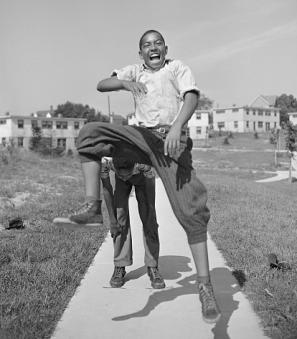How Ethel Barrymore Helped Bring Theater to Olney, Maryland
“It seems once again that a summer theater project, serving both Washington and Baltimore, is about to be consummated,” the Washington Post reported in March 1938.1 It was good news for the area. As Washingtonians and Marylanders began to recover from the hardships of the Great Depression, movies and local theater were a great way to find some escape. The Washington theater scene, revolving around the National Theater, was already well-established—rising movie stars took occasional breaks from Hollywood to star in acclaimed productions. Now, more relaxed outdoor theaters were beginning to spring up on the outskirts of the District, especially popular in the summertime.
Most of those theaters, though, were in Northern Virginia. Central Maryland, including the suburbs of Montgomery County, didn’t really have a go-to place to experience quality local theater. Some local businessmen and theater professionals had tried to organize projects, but none of their ventures were successful. This time, though, the Post seemed enthusiastic. An outdoor theater in Montgomery County “has seemed imminent numerous times before, but this time it appears that the idea might stick.”2
The new theater was the brainchild of two theater professionals: Leonard B. McLaughlin and Stephen E. Cochran. While McLaughlin was well-known in Baltimore as the director of several theaters, it was Cochran who brought the star power in D.C. For thirty years, he had been the manager of the National Theatre—he was now expanding his network in the area, establishing theaters and a training academy for actors. McLaughlin and Cochran liked the idea of putting their theater right in the center of two major metropolitan areas, so they joined forces with Harold C. Smith, an attorney, judge, and businessman based in Montgomery County. He suggested the location for this new theater: Olney, Maryland.3
Olney, like so many of the suburbs we now incorporate into the D.C. area, was still rural in the 1930s. For decades, Washingtonians liked to beat the summer heat and humidity by retreating to summer homes, resorts, and parks in the “countryside.” It’s how many of the Montgomery County suburbs, like Silver Spring and Kensington, eventually became towns in their own right. McLaughlin, Cochran, and Smith knew that people would make the trip to Olney for a bit of outdoor theater on lazy summer afternoons.
Smith was even able to suggest a good location: the former “Woodlawn Lodge” property on Columbia Pike, which included defunct recreational facilities—including a roller-skating rink.4 With so much land to work with, McLaughlin and Cochran could realize their full vision: not only to establish a quaint outdoor theater, but “a summer theater colony.”5
The development of the new Olney Theater drew attention from the local press, who were cautiously optimistic about the project. The Post predicted that the theater, if it ever got built, would be “a hot weather Mecca for seekers after theatrical entertainment of assured worth.”6 The goal was to get Olney into the “Straw Hat Circuit,” groups of summer theaters that took their nickname from the type of headwear usually worn by their patrons.7 Also known as “summer stock theaters,” these arts institutions offered actors, directors, and other creatives a chance to gain experience in the summer months.
To whip up the media buzz and local excitement even further, Cochran decided to call in a favor. He was overseeing a production of the play Whiteoaks at the National Theatre, which starred the renowned actress Ethel Barrymore. Known as the “First Lady of American Theatre,” she was one of the most beloved and successful actresses of her generation—in the 1930s, she was adding screen credits to her already impressive resume and would be nominated for three Academy Awards in the following decade. Her support, if Cochran could get it, would be a major boost.
The Post was the first to carry the big news, in March 1938: “It is violating no secret…to disclose that last Saturday night, Ethel Barrymore…pledged herself to Mr. Cochran to serve as an associate director in the conduct of [his] new enterprise.”8 With such star power attached to the project, it was now bound to do well. Other actors and theater personalities began to show similar interest in the new theater, either as creative personnel or as members of its first acting company. Charlotte Walker, a fan favorite of Washington audiences and a silent film star, was among the other big names to show their support.9
As the spring of 1938 drew to a close, the Olney Theatre was greatly anticipated by the Washington and Maryland theater communities. By now, the complex boasted an outdoor theater, restaurant, and the new home of Cochran’s National Academy of Stage Training. This was meant to be an entire experience—a destination for locals and travelers alike. The Post’s noted theater reporter, Nelson Bell, was clearly intrigued and excited by the prospect of a new theater destination, looking forward to seeing the “established stars” that the Olney managers could draw in, “plus a possible importation or two from Hollywood, between pictures.”10 Imagine seeing Meryl Streep at your local Shakespeare in the Park festival, and you’ll understand locals’ growing anticipation.
On July 25, the Olney Theater opened to a sold-out crowd.11 The managers did their best to make the complex beautiful and peaceful for their patrons, earning rave reviews in the local press. The Post commented on the theater’s location “in a picturesque grove of magnificent old oak trees,” one of which grew through the main lobby.12 To continue the rustic feel, designers even used inverted peach baskets as the chandeliers.13 In the low light of a summer evening, it must have seemed utterly magical. Though, funny enough, Nelson Bell gushes the most over the venue’s “spacious driveways…and abundant space for parking cars.”14
Though she was in attendance, Ethel Barrymore didn’t star in the theater’s fist production. The show was an adaptation of a Hungarian comedy, The Lady Has a Heart, starring popular actress Elissa Landi.15 As the summer went on, this Olney company performed dozens of sold-out shows, showing the community’s appetite for local theater in a picture-perfect setting. The venture had paid off, officially putting the tiny town of Olney on the map.
Summer after summer, the Olney Theatre became a staple of the local community. Its famous connections made it noteworthy—future productions starred names like Jessica Tandy, Tallulah Bankhead, and Helen Hayes. In 1948, when Hayes was determined to de-segregate the National Theatre, she moved a production of J.M. Barrie’s play Alice-Sit-By-the-Fire to Olney—which had been an integrated space for years, by that point. Her sold-out shows successfully proved the need for inclusive community theater, pressuring the National to finally embrace civil rights.
The theater has seen numerous renovations and expansions over the years, but still remains a thriving community for creative people in the D.C. area. It is still one of only two designated state theaters in Maryland, becoming the official State Summer Theater of Maryland in 1978.16 It is certainly one of the gems of Montgomery County—a little slice of Hollywood in suburban Maryland!
Footnotes
- 1 Nelson B. Bell, “Theater Notes: New Summer Theater Project,” The Washington Post (March 16, 1938), X12.
- 2 Nelson B. Bell, “Theater Notes: New Summer Theater Project,” The Washington Post (March 16, 1938), X12.
- 3 Nelson B. Bell, “Theater Notes: New Summer Theater Project,” The Washington Post (March 16, 1938), X12.
- 4
“History of OTC,” Olney Theatre Center.
- 5 Bell, “Theater Notes: New Summer Theater Project.”
- 6 Bell, “Theater Notes: New Summer Theater Project.”
- 7
“Straw-Hat Circuit,” The Big Apple (April 21, 2015).
- 8 Nelson B. Bell, “Theater Notes: Ethel Barrymore Director of New Summer Theater,” The Washington Post (March 21, 1938), X9.
- 9 Nelson B. Bell, “Theater Notes: Distinguished Stars Manifest Interest in Capital’s Proposed Summer Theater,” The Washington Post (April 12, 1938), X16.
- 10 Nelson B. Bell, “Approaching Season of ‘Barn’ Theater Promises Capital an Augmented List of Amusement Places,” The Washington Post (May 18, 1938), X16.
- 11 “History of OTC,” Olney Theatre Center.
- 12 Nelson B. Bell, “Capacity House Greets Opening of New Theater,” The Washington Post (July 27, 1938), 26.
- 13 “History of OTC,” Olney Theatre Center.
- 14 Bell, “Capacity House Greets Opening of New Theater.”
- 15 Bell, “Capacity House Greets Opening of New Theater.”
- 16 “History of OTC,” Olney Theatre Center.


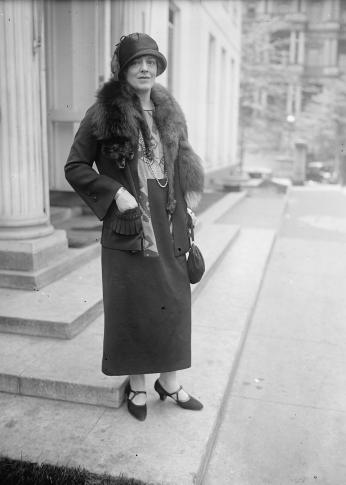
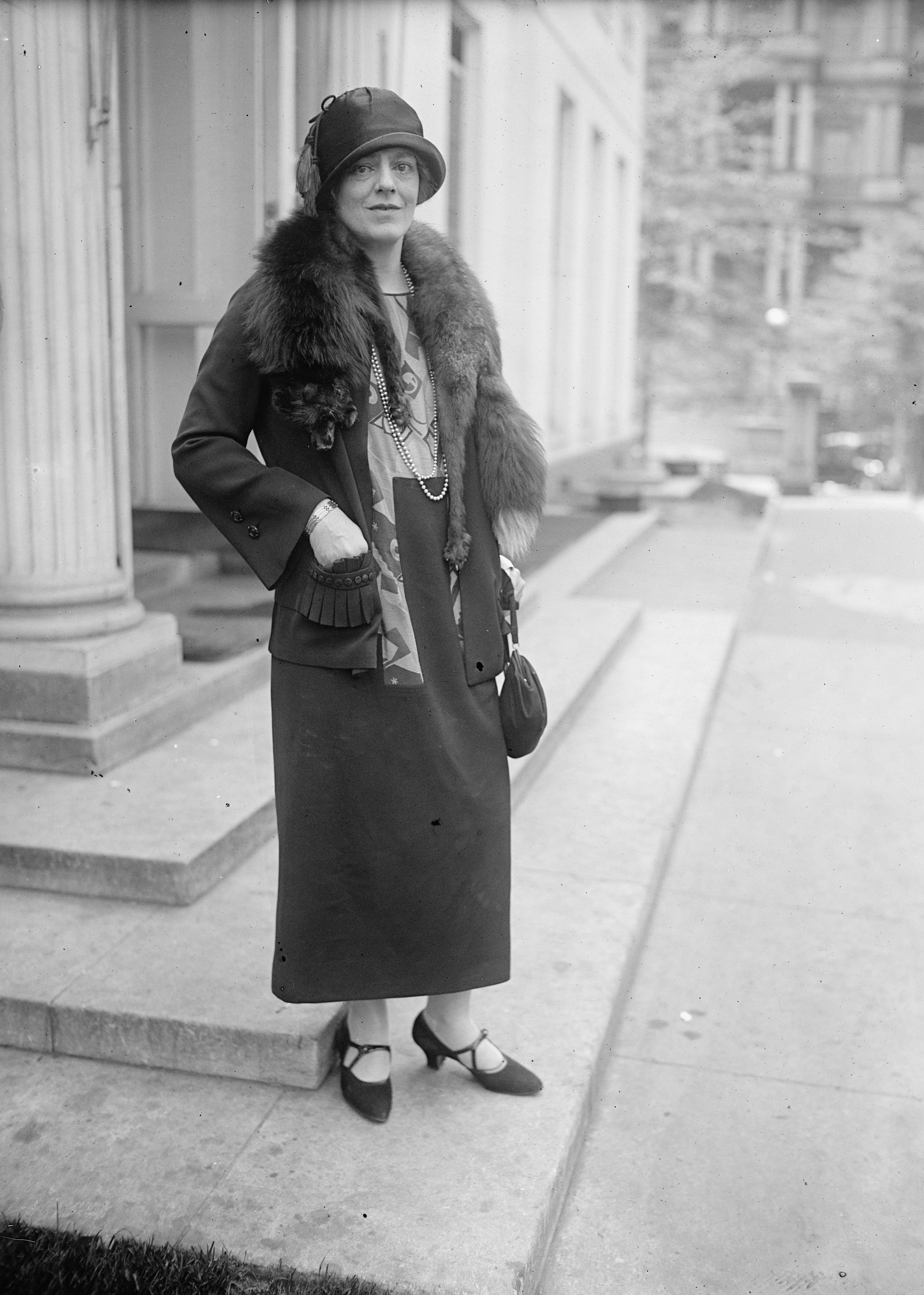

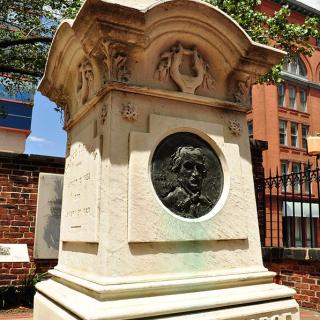
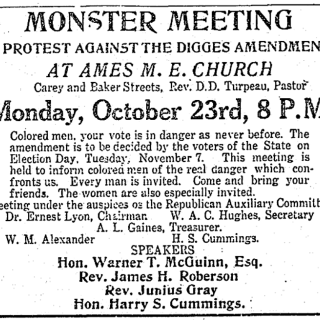
![Sketch of the mythical fuan by Pearson Scott Foresman. [Source: Wikipedia]](/sites/default/files/styles/crop_320x320/public/2023-10/Goatman_Wikipedia_Faun_2_%28PSF%29.png?h=64a074ff&itok=C9Qh-PE1)











